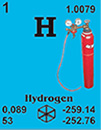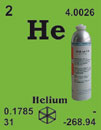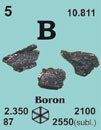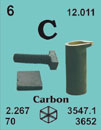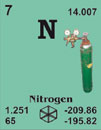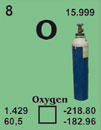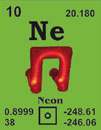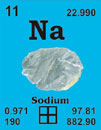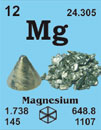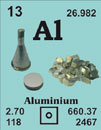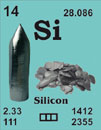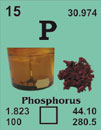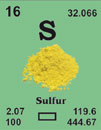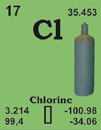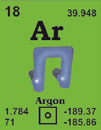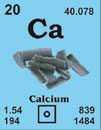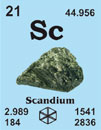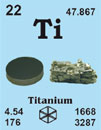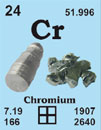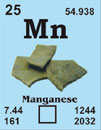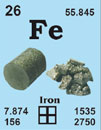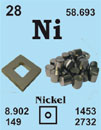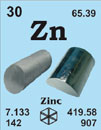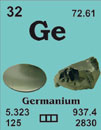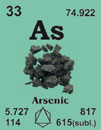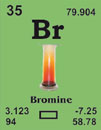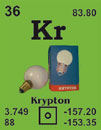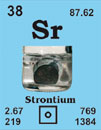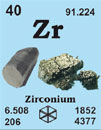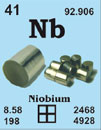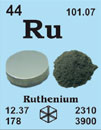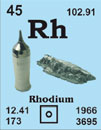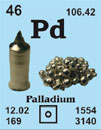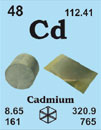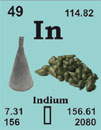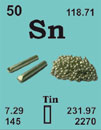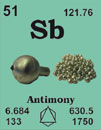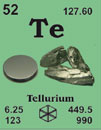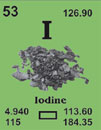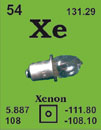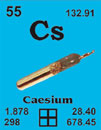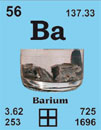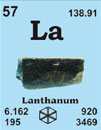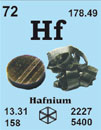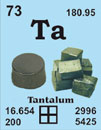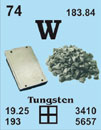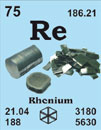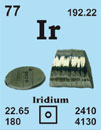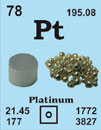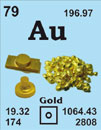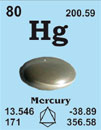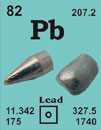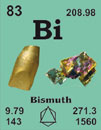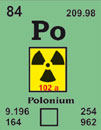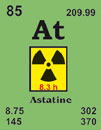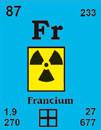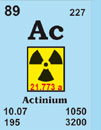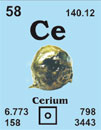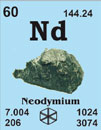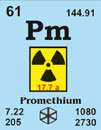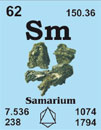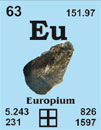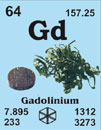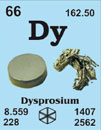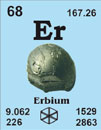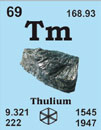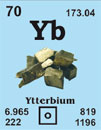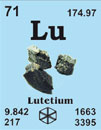Material, Technologie
& Kristalle GmbH
& Kristalle GmbH
Ihre Verbindung zu uns

-
 English
English
-
 Deutsch
Deutsch
Warenkorb
0
Artikel
Artikel
Keine Artikel
0,00 €
Gesamt
Gesamt zzgl. MwSt.
Artikel wurde in den Korb gelegt
Menge
Sie haben 0 Artikel in Ihrem Warenkorb.
Es gibt 1 Artikel in Ihrem Warenkorb.
Versandkosten (o. MwSt.)
noch festzulegen
Gesamt
(o. MwSt.)
Kalium (K)
Wir sind führender Hersteller und Lieferant von Forschungsmaterialien
Kalium 19K39.098
1807 von Sir Humphry Davy in London, UK, entdeckt.
[English, potash; Lateinisch, kalium]
French: potassium
English: potassium
Italian: potassio
Spanish: potasio
Beschreibung: Weiches, weißes Metall, Schnittflächen silbern, reagiert aber schnell mit Sauerstoff und heftig mit Wasser. Man erhält es aus Na + KCl bei 1100 K. Verwendet in Düngemittel.
Further Materials properties
| Crystal structure: |
(cell dimensions/pm), space group, |
|---|---|
| X-ray diffractions mass absorption coefficients: | CuKa 143 (µ/r) / cm2g-1 MoKa 15.8 (µ/r) / cm2g-1 |
| Neutron scattering length: | 0.367 b/10-12 cm |
| Thermal neutron capture cross-section: | 2.1 sa / barns |
| Density: | 862 kg/m-3 [293 K]; 828 [liquid at m.p.] |
| Melting point: | 63.65°C / 336.8°K |
| Boiling point: | 773.85°C / 1047°K |
| Molar volume: | 45.36 cm3 |
| Thermal conductivity: | 102.4 [300 K] W m-1K-1 |
| Coefficient of linear thermal expansion: | 83 x 10-6 K-1 |
| Electrical resistivity: | 6.15 x 10-8 [273 K] Ωm |
| Mass magnetic susceptibility: | +6.15 x 10-8(s) kg-1m3 |
| Radi: | K+ 133; atomic 227; covalent 203; van der Waals 231 |
| Electronegativity: | 0.82 (Pauling); 0.91 (Allred); 2.42 eV (absolute) |
| Effective nuclear charge: | 2.20 (Slater); 3.50 (Clementi); 4.58 (Froese-Fischer) |
| Number of Isotopes (incl. nuclear isomers): | 18 |
| Isotope mass range: | 35-> 51 |
Biological data
| Biological role: | Essential to all living things. |
|---|---|
| Toxicity | |
| Toxic intake: | KCl = c. 4g |
| Lethal intake: | LD50 (chloride, oral, rat) = 2600 mg Kg-1 |
| Hazards: | The toxicity of potassium compounds is almost always that of the anion, not of the K+. However, although KCl is often used as a nutrient or dietary supplement, there are rare cases of excess ingestion by humans proving fatal. |
| Level in humans | |
| Blood: | 16020 mg dm-3 |
| Bone: | 2100 ppm |
| Liver: | 16 000 ppm |
| Muscle: | 16 000 ppm |
| Daily dietary intake: | 1400 - 7400 mg |
| Total mass of element in average [70 kg] person: |
140 g |
Geological data
| Minerals: | Potassium occurs in many minerals. | |||
|---|---|---|---|---|
| Mineral | Formula | Density | Hardness | Crystal apperance |
| Alunite | KAl3(SO4)2(OH)6 | 2.69 | 3.5 - 4 | rhom., vit. white/grey |
| Carnallite | KCl.MgCl2.6H2O | 1.602 | 2.5 | orth., greasy colourless-red |
| Orthoclase* | KAlSi3O8 | 2.563 | 6 - 6.5 | mon., vit. colourless/ white |
| Sylvite | KCl | 1.993 | 2 | cub., vit. colourless/white |
* Mined on a large scale for porcelain, ceramics and glass
| Chief ores: | sylvite, carnallite, alunite |
|---|---|
| World production: | 200 (potassium metal); 51 x 106 (potassium salts) tonnes/year |
| Producing areas: | Germany, Spain, Canada, USA, Italy |
| Reserves: | vast, > 1 x 1010 tonnes |
| Specimen: | available as chunks (in mineral oil) or ingots (in ampoules). Warning! |
| Abundances | |
|---|---|
| Sun: | 1.45 x 105 (relative to H = 1 x 1012) |
| Earth's crust: | 21 000 ppm |
| Residence time: | 5 x 106 years |
| Classification: | accumulating |
| Oxidation state: | I |
Source: Emsley, J. (1998) The Elements (3rd Edition)
Other sizes and specifications on request
Übersicht der Elemente mit Zugang zu unserem Shop
Tel.: +49 (0) 2461 - 9352 - 0
Fax: +49 (0) 2461 - 9352 - 11
Fax: +49 (0) 2461 - 9352 - 11

